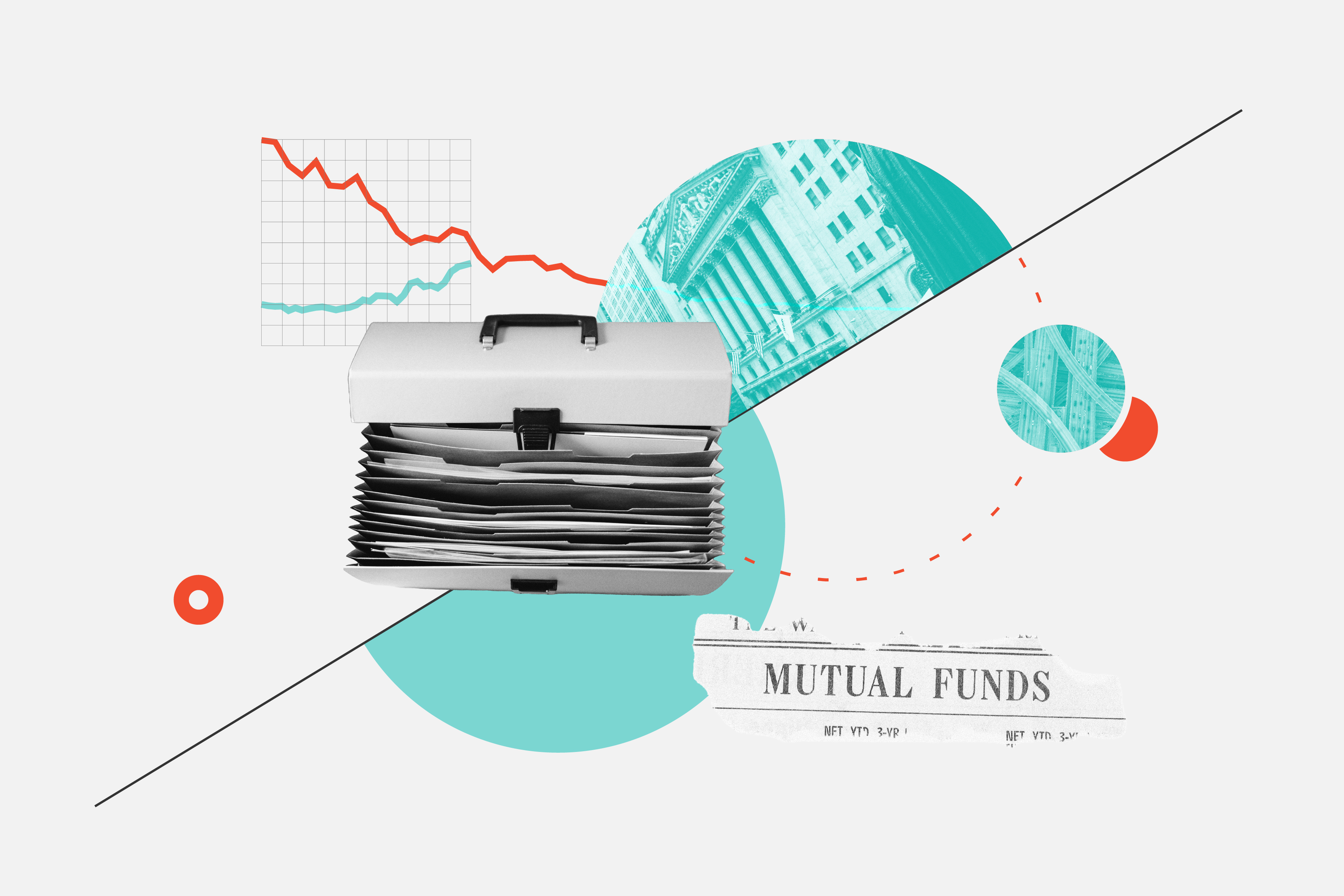Management styles for investment funds can be described in many ways, but two of the most popular terms used are growth and value.
The details of how these terms are defined may vary depending on who you ask, but the gist is always the same: growth stocks are those that are expected to have better-than-average earnings growth over the long term, and value stocks are those that trade at low prices relative to their expected future earnings.
Notice the word "expected" in both those definitions. That's important because not everybody agrees on what those expectations are, and being right in your expectations when everyone else is wrong is how you beat the market.
Let's start with growth. A fund manager that uses a growth approach looks for stocks of companies that have had fast-growing earnings over the past few years, and, sometimes more importantly, that have the potential to continue to grow for a long time.
While growth stocks offer the chance for long-term gains, they carry a lot of risk because they are often smaller companies and the expectations for future growth is based on a lot of assumptions that may or may not come true. They also tend to pay very low dividends, or none at all, since they reinvest their profits back into the company to finance even more growth, rather than pay them out to shareholders.
High-quality technology companies are an example of growth stocks.
Value managers, on the other hand, try to invest in companies at a price that's low relative to their intrinsic value and to the valuation the market has placed on similar companies. The idea is to buy them at the bargain price and wait for the market to realize that the stocks are actually worth more than what they're trading at, and drive up the price to its fair value.
A lot of the time, value stocks are out of favour in the marketplace. The trick is figuring out when the market has unfairly punished the stocks, and that's not always easy. Sometimes a stock can be punished for good reason, and that can create what's known as a value trap, where a fund looks cheap but deserves its low price.
It's important to note that value and growth are not a black or white concept. The way Morningstar determines if an investment is classified as value or growth is by looking at ten factors – five that measure value and five for growth -- and giving each one a score. If a stock's score on value factors is higher than its score on growth factors, then it's classified as a value stock, and vice versa. And if a fund holds more value stocks than growth stocks, then it's a value fund.
So how do you know if a fund has a growth or value style? Morningstar has a neat tool called the Morningstar Style Box that classifies each fund based on where it lands on the growth-value spectrum, as well as the average size of the companies it invests in.
Over the long term the value style has usually done better than the growth style, but there's no guarantee that's going to continue. Also, the two styles often move in opposite directions. This means that by holding both in your portfolio, you can reduce your risk and improve your risk-adjusted returns.









:quality(80)/cloudfront-us-east-1.images.arcpublishing.com/morningstar/EC7LK4HAG4BRKAYRRDWZ2NF3TY.jpg)











